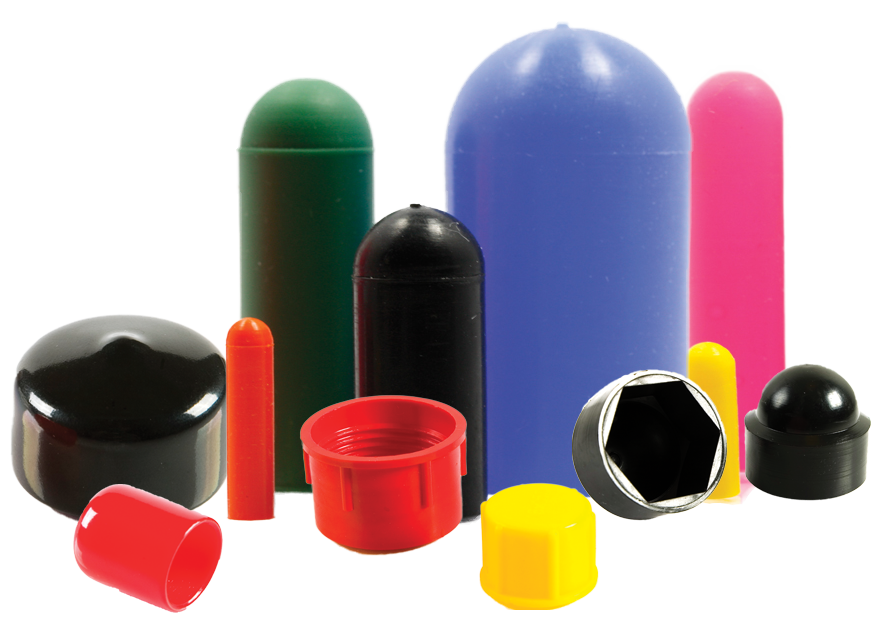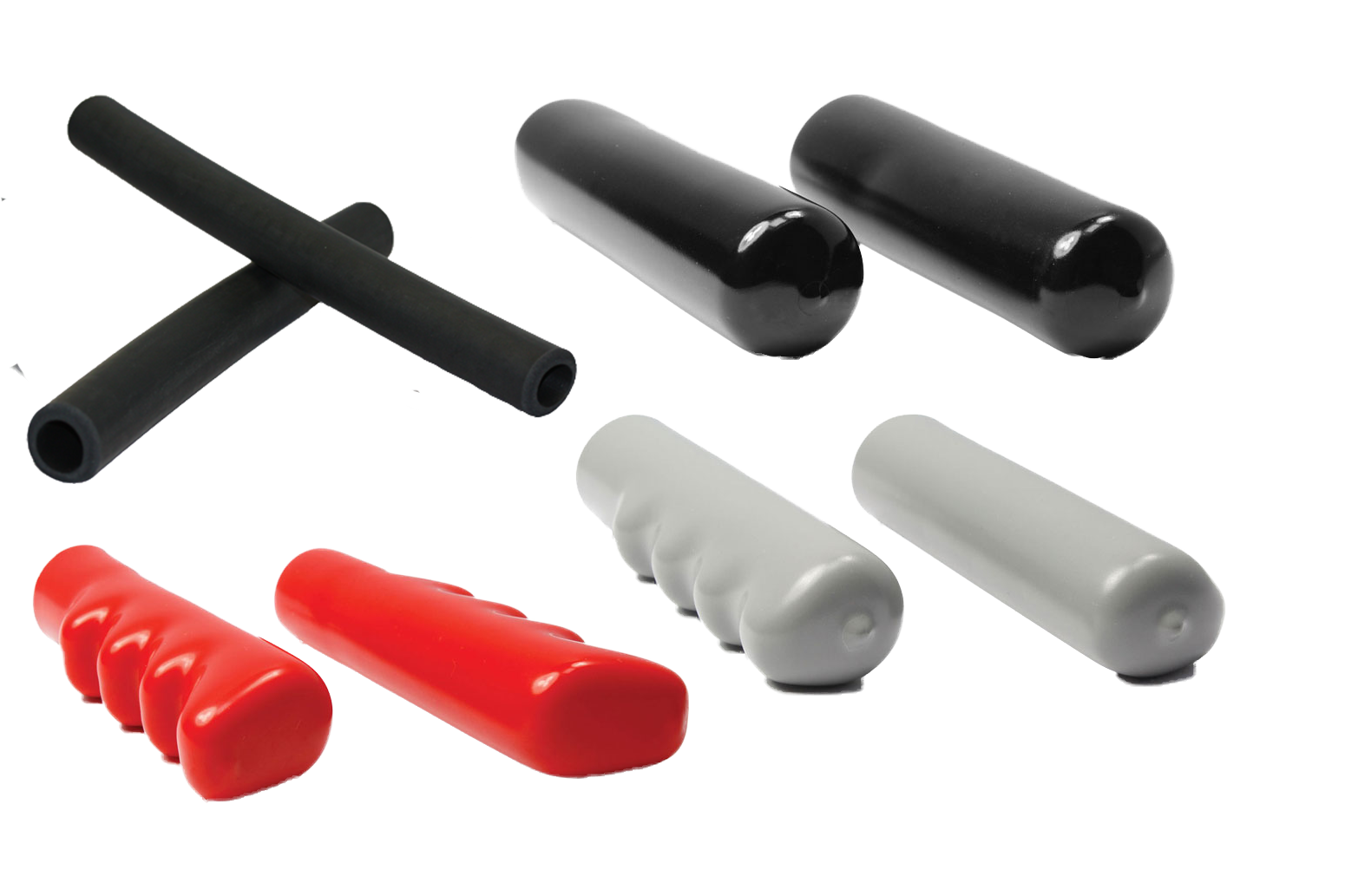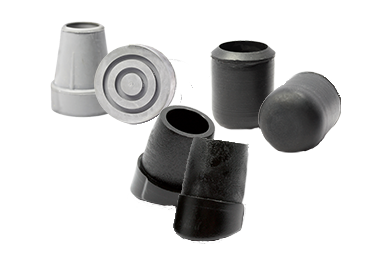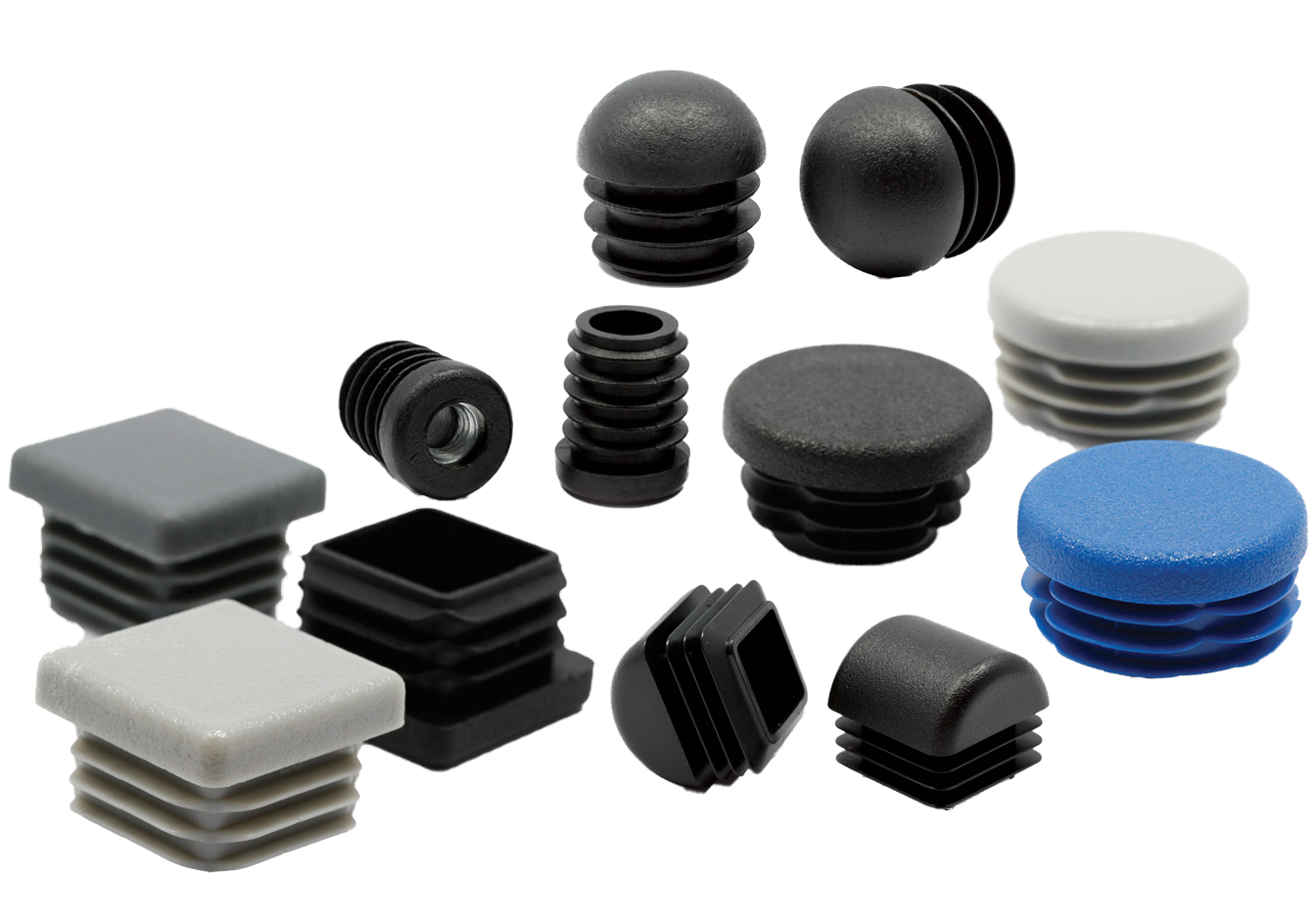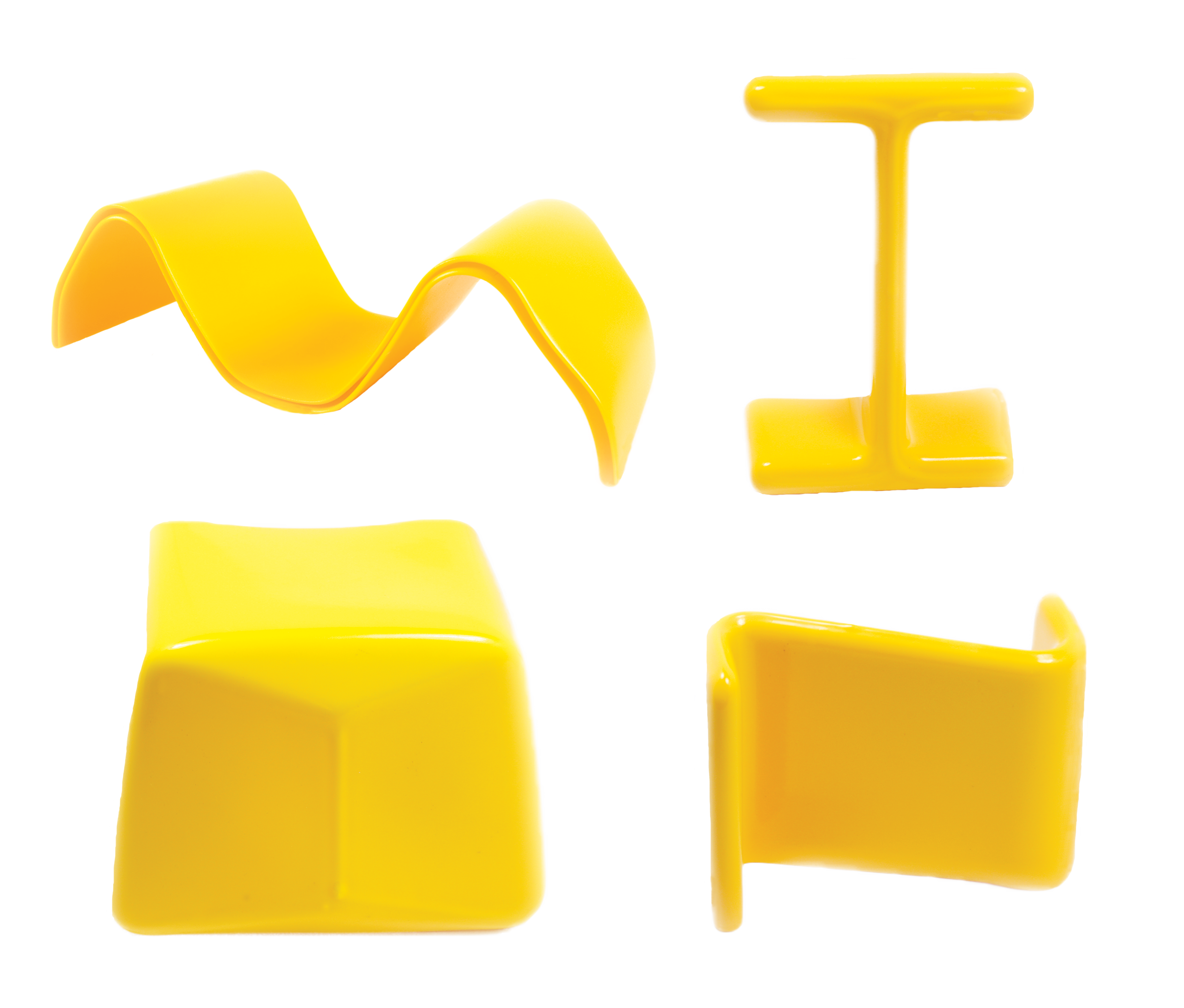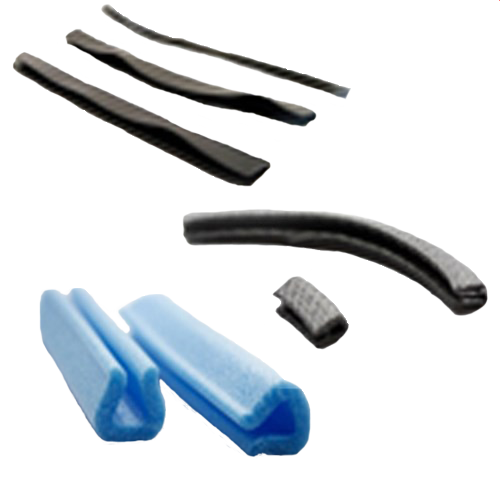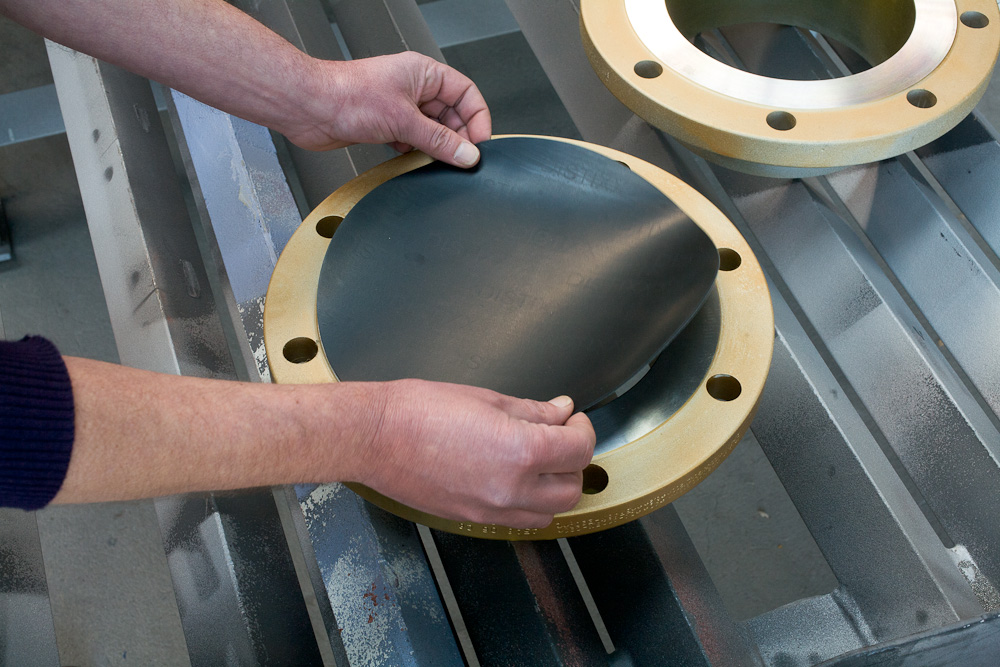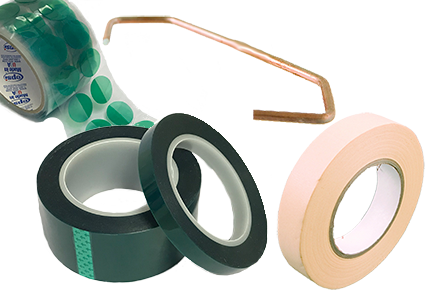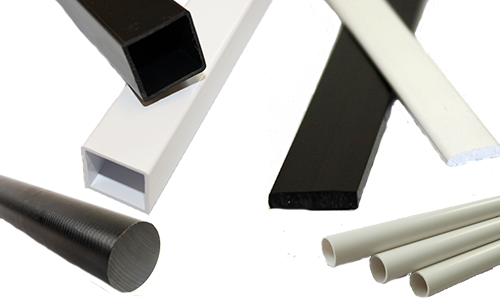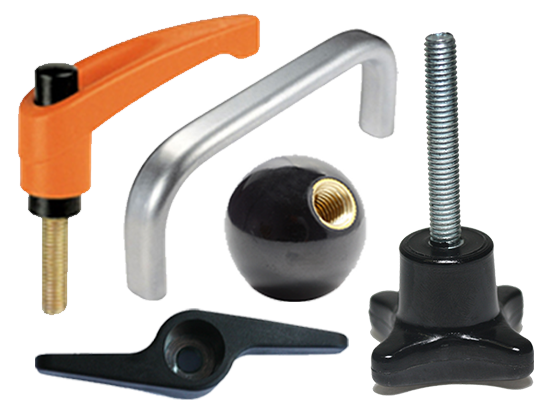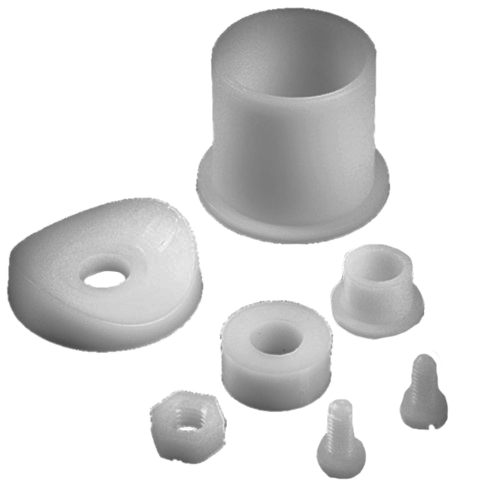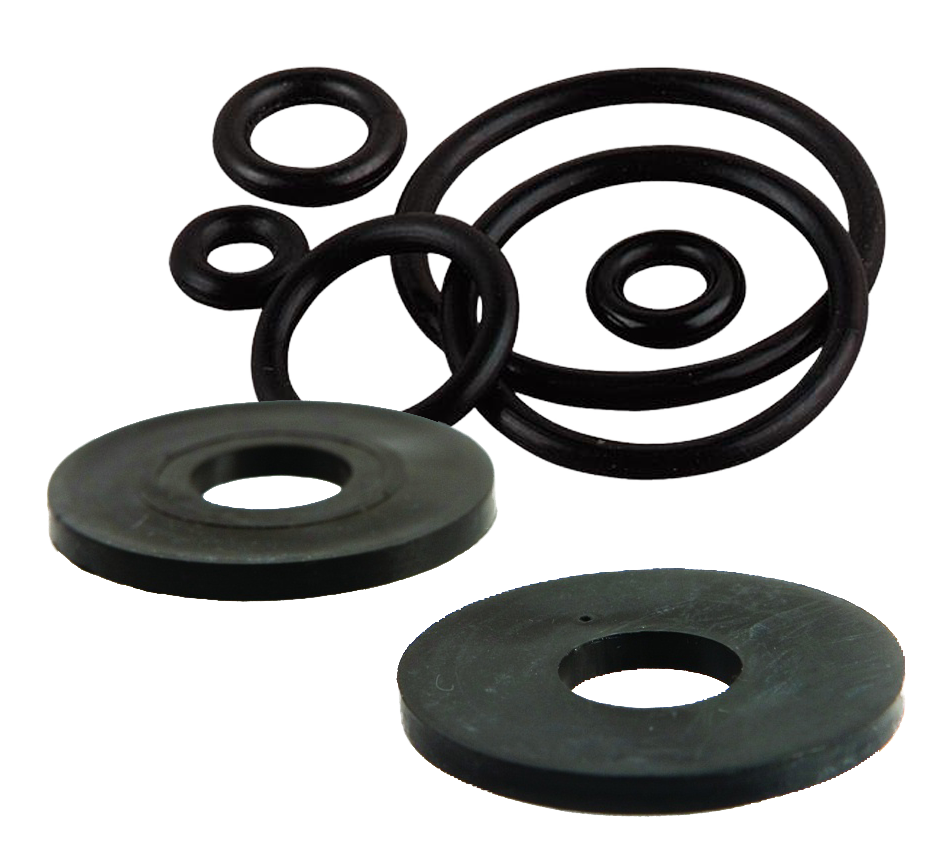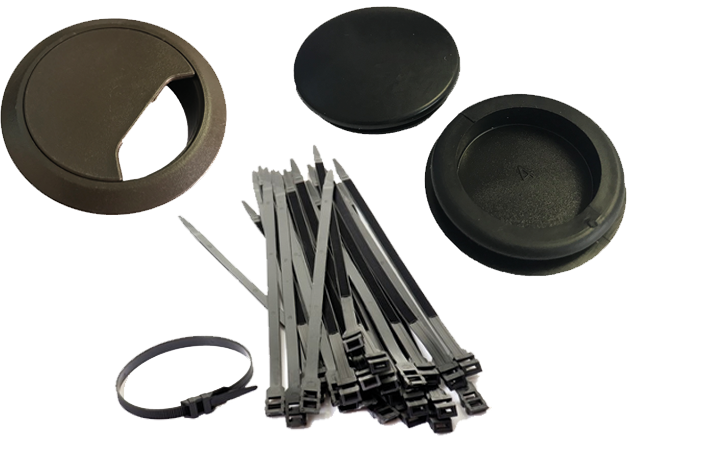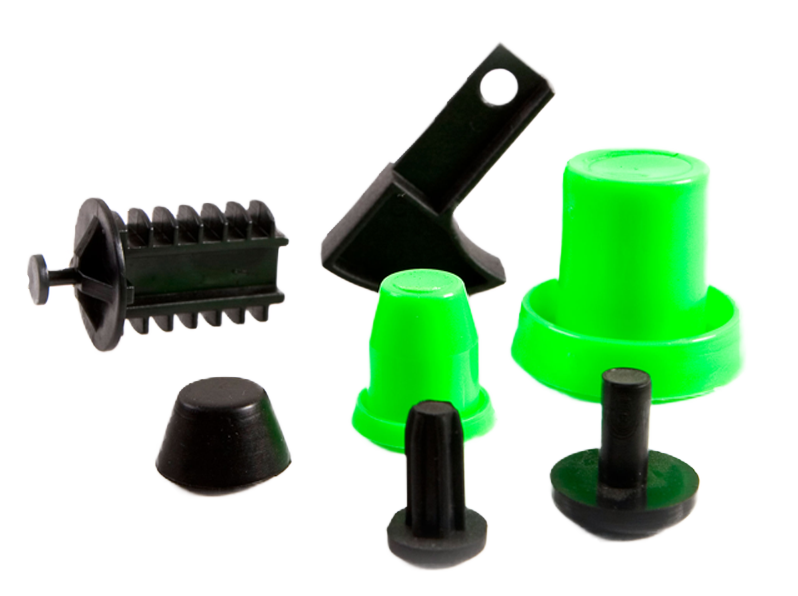Where does Crude Oil come from?
Imagine we have a time machine to take us back to where it all began. Crude oil comes from millions of years of decaying plants and animals, mixed with layers of sand, silt, and rock. Over time, heat and pressure from these layers turn the decay into crude oil, a natural composting process. The result is a mix of hydrocarbons – molecules made up of hydrogen and carbon atoms found deep below the Earth’s surface.
Crude oil is extracted from the ground and refined by petroleum refineries. This process, called distillation, heats crude oil to cause evaporation and condensation. At different temperatures, the oil’s components separate into different substances known as fractions. These fractions include various gases, solids, and liquids. Each fraction from the distillation process will become a polymer, with unique material properties depending on the mix of monomer molecules.
Before refining, crude oil consists of hydrogen and carbon molecules. A single molecule is a monomer, and monomers do not stick together. Through polymerisation, monomers are chemically reacted together to form polymers, or molecules with many parts. This polymeric material is the raw ingredient for manufacturing various products.
After drilling, the crude oil is transported for processing. Storing crude oil and its fractions is a massive task. These processes, along with drilling and distillation, are costly and pose environmental concerns, such as emissions. These concerns have led to the evolution of the plastics industry, introducing recycling, advanced or chemical recycling, and bioplastics. Keep an eye out for more information on these topics in the following series.



